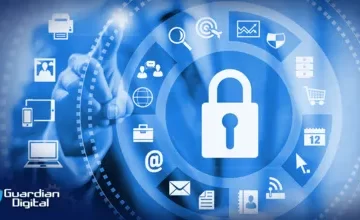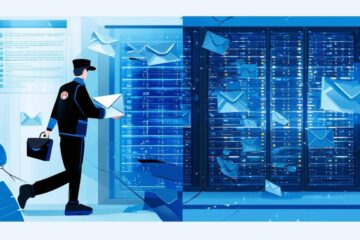Hey there, if you’re anything like Alex, the dedicated Microsoft 365 IT admin who tackles the daily challenges of keeping her users safe from cyberattacks, then you probably see Multi-Factor Authentication (MFA) as your organization’s weak spot. MFA is a game-changer in bolstering defenses and making life easier for IT admins in today’s digital world, where cybercriminals are always on the prowl for ways to breach networks, steal data, and cause chaos.
So, let’s dive into MFA, its role in enhancing security, and the hurdles you might face when implementing it. We’ll also share some handy tips to leverage MFA for boosting your digital security and protecting your sensitive information.
Understanding Multi-Factor Authentication
Multi-factor authentication is a security process that requires users to provide multiple forms of authentication before accessing a system or application. While traditional authentication relied on just a password, MFA demands additional factors like something you have (e.g., a token) or something you are (e.g., a fingerprint).
For instance, when logging into your online bank account, you might need to enter a code sent to your phone via SMS in addition to your password. Access is granted only when both the password and code are verified.
Exploring Different MFA Methods
Various MFA methods offer different levels of usability, effectiveness, and security. Let’s look at some common options:
- SMS-based codes: Simple but less secure, vulnerable to phishing attacks.
- Hardware tokens: Generate one-time passwords for added security.
- Biometric authentication: Uses unique physical traits like facial recognition for identity verification.
- Push notifications: Offers high security and user-friendliness.
When choosing an MFA method, it’s crucial to consider factors like security, user experience, and practicality based on your specific needs.
Implementing MFA for Different Scenarios
MFA isn’t a one-size-fits-all solution. Different situations call for different types of MFA. Here are some common scenarios:
- Remote access: Users need extra authentication for VPN connections.
- Privilege escalation: Ensures only authorized users can perform sensitive actions.
- High-risk transactions: MFA is crucial for protecting against fraud in certain transactions.
By tailoring MFA to specific use cases, organizations can enhance their security posture effectively.
Overcoming Challenges in MFA Deployment
Deploying MFA comes with its challenges, such as addressing user resistance, integrating with legacy systems, and managing credentials effectively. By striking a balance between usability and security, organizations can successfully implement and maintain MFA systems.
Measuring MFA Effectiveness
Monitoring the effectiveness of MFA solutions and tracking user adoption rates enables organizations to make informed security decisions and enhance their overall security posture. Regular security audits and analysis of MFA logs can help identify vulnerabilities and suspicious activities.
Compliance Requirements for MFA
Regulations like HIPAA and GDPR mandate MFA for accessing sensitive data to protect against breaches. Non-compliance can lead to severe penalties and reputational damage, making it crucial for businesses to adhere to these regulations.
Exploring MFA Use Cases
While MFA is commonly used for securing login access, it has broader applications like safeguarding privileged accounts, securing cloud environments, and preventing phishing attacks.
The Importance of Securing Email Accounts with MFA
Securing email accounts with MFA is vital in today’s digital landscape. Email accounts are often targets for cyber threats, and MFA adds an extra layer of security to protect against unauthorized access and phishing attacks.
MFA for Email Accounts Is A Necessity
Implementing MFA for email accounts is essential to shield these vital communication channels from cyber threats and potential data breaches.
Striking a Balance with MFA
When implementing MFA, it’s crucial to balance security and convenience. By offering self-service options, context-aware authentication, and streamlined authentication processes, companies can encourage MFA adoption without compromising security.
Overall, MFA is a powerful tool for enhancing security. Follow our guide to strengthen your digital defenses and stay protected against cyber threats.
Expert Tips for Maximizing MFA Security
Enhance MFA security with best practices like using multiple factors for authentication, auditing permissions, securing backup codes, and staying vigilant against phishing attempts.
Continuing Your Security Journey with MFA
As you delve deeper into digital security, explore Guardian Digital’s resources on cybersecurity best practices and trends. Stay informed, stay protected, and empower yourself with the tools to navigate the digital world confidently.
- Implement comprehensive email security to prevent advanced threats like spear phishing and ransomware.
- Follow cybersecurity best practices to enhance email security and protect against attacks.
- Safeguard your email integrity with spam filtering and anti-spam services in the cloud.
- Stay updated on staying safe online.



